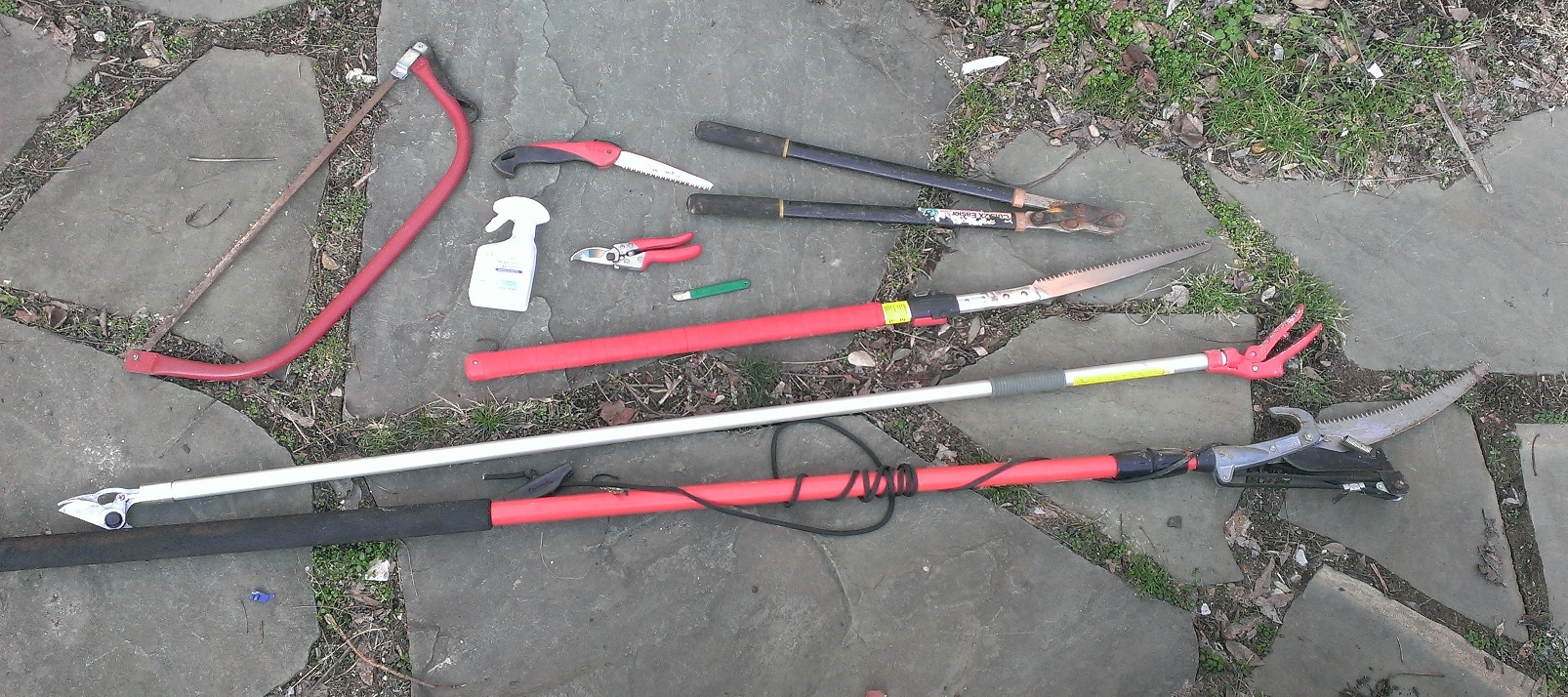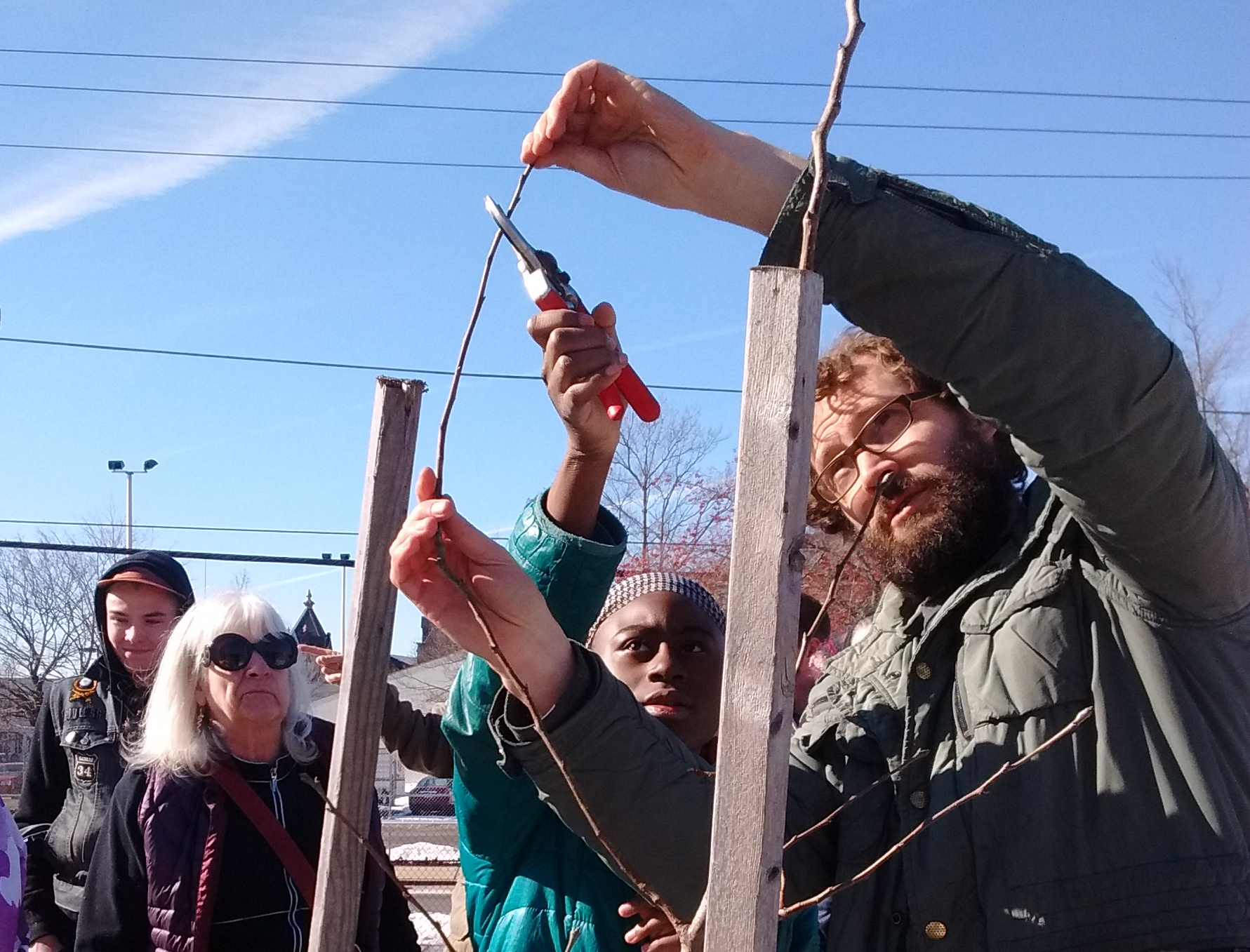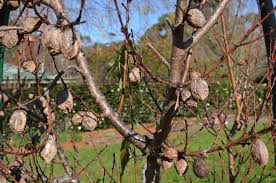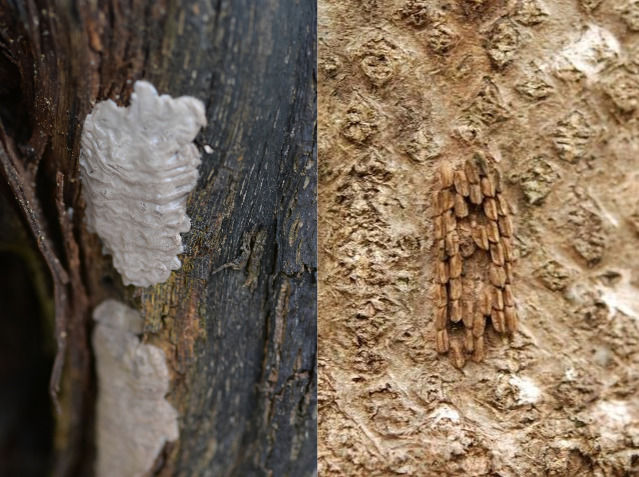POP TIPS: January Orchard Care
41 views
Skip to first unread message
Phil Forsyth
Jan 3, 2024, 1:36:24 PMJan 3
to Philadelphia Orchard Group
Dear Philly Orchardists,
Wishing everyone a joyful and bountiful new year!
Orchard care is a year round undertaking and January is the kickoff to pruning season in our climate. Please check out our POP Monthly Orchard Task List for recommended maintenance activities for this month (the January list is also attached below). To learn more, you can also check out our 4 part POPCORE workshop series on POP's youtube or plan to join us for our just posted hands-on pruning workshops this winter.
Here is some more detail on some of the key tasks for January:
Orchard Tool Evaluation and Maintenance
With pruning season getting started, this is a good time to evaluate your tools and equipment. What's missing? What new tool might make your life easier? Order replacement saw blades for any that have dulled. Sharpen your pruning blades with a hand sharpener like this:

The basic orchard pruning toolkit includes pole saw, pole pruner, loppers, handsaw, hand pruners, bowsaw, blade sharpener, and spray bottle of alcohol for sanitizing blades. Not pictured: pole loppers and tripod orchard ladder!
Winter pruning
Check out our complete orchard pruning video series on POP's YouTube Channel! Hands-on is the best way to learn pruning and we just posted our winter workshop series:
The calendar and the cold tell us that it's time again for pruning fruit trees, berry bushes, and fruiting vines. It is important to prune most fruiting plants every winter, regardless of their age! Essentially everything except peaches are best pruned while dormant, between January and early March.

Annual pruning of almost all orchard plants is best accomplished during dormant season from January to mid March!
Here is a quick list of the reasons for annual pruning:
2. increase air circulation
3. improve quality, quantity & consistency of harvest
4. prevent infection and spread of disease
5. create good structure to support fruit
6. avoid breakage from poor branch angles
7. control size for easier harvest
8. ensure penetration of sprays
9. stimulate vegetative growth
You can find POP's full fruit tree pruning guide on our website (revised version coming soon!):
And here's our guide to pruning berry bushes and fruiting vines:
A printable version of the POP Pruning Guide is also attached below and don't forget our video series!

Winter pruning season is also a good time to remove any remaining mummified fruit on trees, which can be a source of disease spores if left until spring.
Pest and Disease Monitoring & Identification

Spotted Lanternfly egg masses can be found on tree trunks and pretty much any other hard surfaces. Scrape them off and dispose of them.
Orchard Education Opportunities
Winter is the season for ag education and farming conferences!
1. PASA Farming for the Future Conference (February 8–10)
Join us at the PASA conference in Lancaster- POP staff are teaching two sessions and there is plenty of other orchard-related content this year! 2. NOFA-NJ Winter Conference (Jan 27)
This year's conference is in person at Rutgers University and features 30+ workshops on a wide variety of topics.
Hope springs eternal- wishing all a bright 2023!
Phil Forsyth, Co-Executive Director
Philadelphia Orchard Project
Pronouns: he/him
Reply all
Reply to author
Forward
0 new messages
